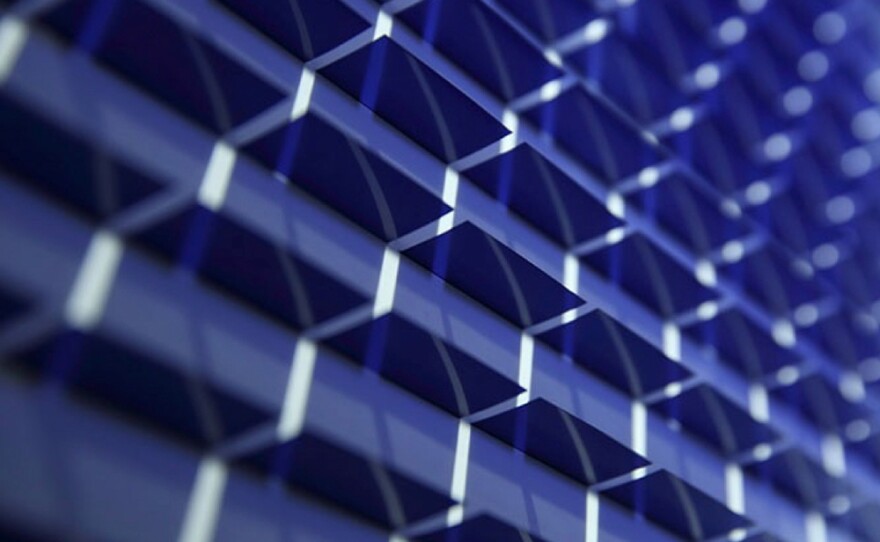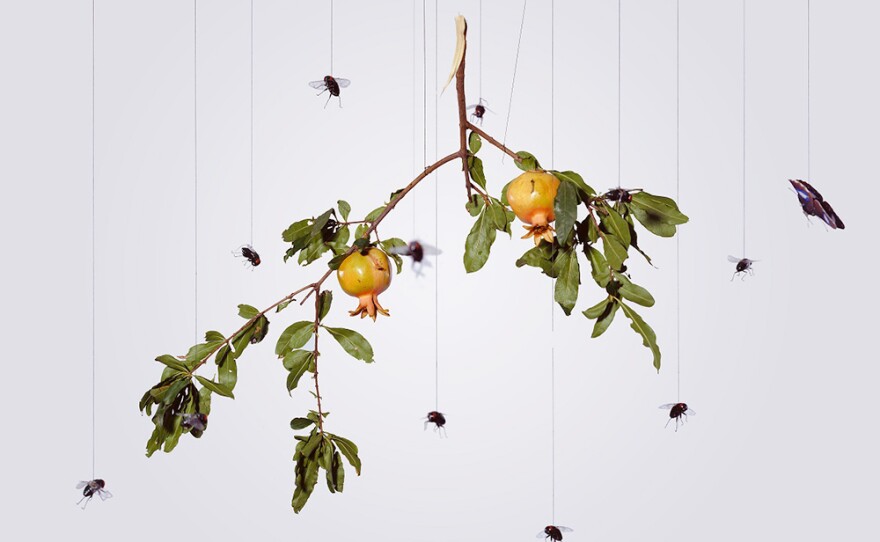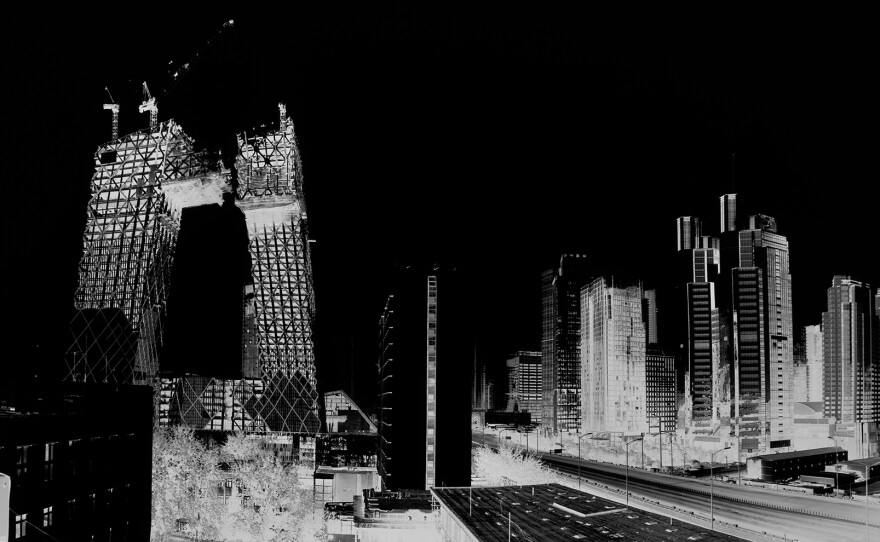Photographer Shi Guorui's pinhole camera works slowly. He sits inside the large box, meditating, for days and weeks on end while his camera captures an image. In the result — a massive, ghost-like pinhole image of a seemingly deserted Beijing preparing for the Olympics — the streets of Beijing are devoid of cars, sidewalks empty, not a soul in sight. It evokes recent photojournalism of the quarantined city of Wuhan in China's Hubei province during the early stages of the coronavirus outbreak.
"The pinhole doesn't capture small movement," explained curator and art historian Tiffany Wai-Ying Beres. "Only the fixed things are leaving impressions."
A new exhibition of Chinese works, "Out of the Shadows" at San Diego's Museum of Photographic Arts (MOPA) — opening on Saturday — features works by contemporary Chinese artists, many of whom are living and working in the United States. Beres is using the collection to highlight the ways artists are pushing the boundaries of photography.
Included works by early 19th century photographer Lang Jinshang show the style he pioneered — "jijin sheying," which manually cuts, dodges and burns several images into one image. The style emulates a trope of traditional Chinese landscape painting: a detailed foreground, a figure and then a distant mountain in the background. The result feels somewhere between painting and photography.
The modern Mandarin term for photography is "sheyingshu" or "sheying," which translates as "capturing shadow." It suggests an emergence of format and style from traditional structures, but some pieces literally work with shadows.
Wang Ningde's "Form of Light / Polarized Cloud No. 3" isn't so much a large scale photograph as it is a series of jutting out tiny discs of transparent film, with fragments of an image printed on each one. When light hits from above, the shadow cast beneath each disc creates what the eye perceives as a single image while standing before the piece. In this case, a vivid cloud.

In the museum's entry atrium, a series of six conceptual works by Hong Lei will greet museumgoers. Hong Lei's work uses traditional tropes staged into scenes.
"As you get up close, you see these details that make you uneasy," Beres said. "These insects, a little bit of blurriness, maybe drops of blood. So he's sort of getting at this idea that it's impossible to create these fantasies of the past because we no longer fit into that world."

Following last year's exhibition of Australian photography, this show continues MOPA's focus on art from the Pacific Rim region. It also furthers the museum's inclusion of innovative and experimental works. Featuring a large-scale digital piece that combines thousands of images of skyscrapers and cars — illustrating a world of unchecked development — plus video works and immersive VR installations.
Recent economic and travel disruptions related to the coronavirus are having an impact, though it's minimal: The associated catalogue may not be ready in time for the opening due to printing delays and none of the artists based in China are able to visit due to canceled flights.
"I think it's still crucially important to do exhibitions like this because through the art you can really have conversations about the country that go beyond the news headlines. And that's why we do these things," said Deborah Klochko, MOPA's executive director. "Plus it's fabulous art," she added.

"Out of the Shadows" opens Saturday and runs through September 20. A panel discussion featuring curator Tiffany Wai-Ying Beres, and artists Shi Guorui and Yang Yongliang takes place on Friday at 5 p.m. at UC San Diego's Visual Arts Presentation Lab.






